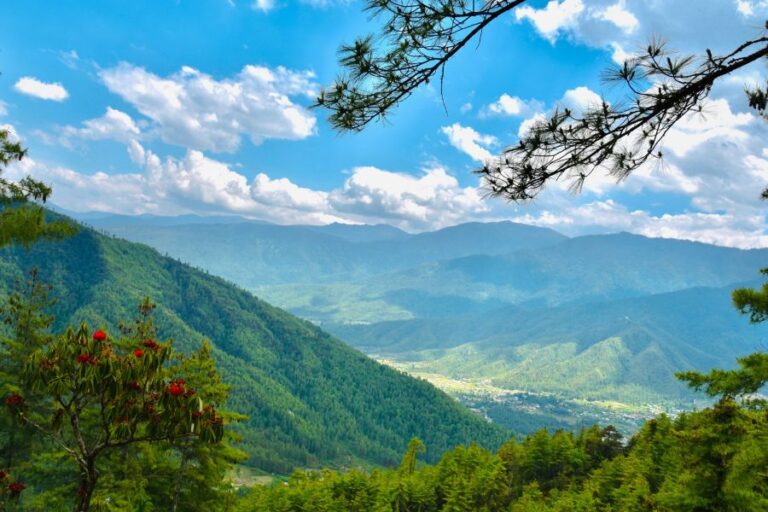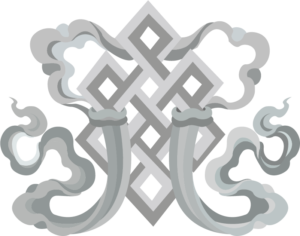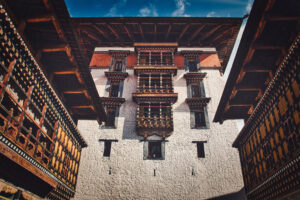Call us: +975 77 75 42 22

DRUK PATH TREK
ITINERARY
- DESCRIPTION
- TREKKING CHECKLIST
- ITINERARY
- INCLUSION
- EXCLUSION
The four day trek is the most popular trek in the country as it passes through gorgeous natural landscapes of blue pine forests, high ridges and pristine lakes while at the same time offering the opportunity to visit some ancient lhakhangs, dzongs and villages. The Druk Path Trek is also a fairly easy hike as the distances between the rest camps are fairly short. The trail takes you through forests of fir, blue pine and dwarf rhododendrons at altitudes ranging between 2400-4200 m. On the third day of the hike, you will arrive at Jimiling Lake, whose crystal clear waters are home to gigantic trout. This trek also offers hikers stunning views of Mt. Gangkar Puensum, the highest unscaled peak in the world. The best times to embark on the Druk Path Trek are between March-June and September-November.
Camping in extreme weather such as cold temperatures and snowy conditions can be expected and extremely enjoyable, Camping on the snow can be peaceful, picturesque and an out door adventure. All the accommodation while on Trek is twin sharing, double occupancy. Single occupancy in tents can be arranged on demand at an additional charge. All tents are Cold Weather Tents and designed for harsh weather and snowy conditions. Separate tents will be pitched for dinning, kitchen and rest room. On demand, a luxury camping facilities will be provided like bed and mattresses, warm shower tents, rest room with proper toilet pots, fishing equipment etc.
- Trekking Boots (broken in) & Camp Footwear (light shoes/sandles/trainers)
- Waterproof jacket, Down Jacket & Thermal inner wear
- Trekking trouser/pants & Shorts
- Gloves, Sunglass & Torch
- Sun hat, Woolen hat, neck warmer
- Sunscreen, Sanitizer & Trail mix
Daypack – The daypack you select must have the capacity for the items you may be carrying on a day’s walk: rain jacket, trousers, warm clothing, water bottle, camera equipment, washing items and other personal effects. A hip/waist strap provides additional comfort. You should consider daypacks of at least a 30 to 40-litre capacity. Horses will be carrying the rest of your luggage.
DAY 1: Paro to Jangchulakha
Today our trek begins with a short climb up through forested hillsides to Jele Dzong at 3540m, a small fortress perched on the first of many ridges that we will cross. The Dzong is currently being refurbished, with local artists carefully repainting the traditional intricate designs for which Bhutan is famous. If the weather is clear the Paro valley can be seen, with snow-capped mountains rising behind. There is also a lhakhang containing a statue of Buddha Sakyamuni. Women who come to the monastery to seek blessings of children get hit on the head by the presiding Lama with a 10 inch ivory, wood and bone phallus, so be careful!
After lunch we continue to climb up again through the forest to a wonderful viewpoint which affords dramatic views of the valleys on both sides and the Himalaya to the north. The trail takes us through thick alpine forests and rhododendrons. Weather permitting, we will have beautiful views of the Black Mountains and Chomolhari and other snow-capped peaks. Monal pheasants can be heard calling during the day and we may see the nomadic yak herders moving along the trails.
- Elevation: From 2250 metres to 3770 metres
- Trekking distance: 13 km
- Trek time: 5-7 hours
DAY 2: Jangchulakha to Lake Jimgelang Tsho
The trail continues to follow the ridge, and on a clear day the views of the mountains and valley are sensational. There will be a lot of ascent and descent today as we climb up the main ridge again before dropping down to cross over to the other side of the valley as we make our way towards Thimphu. We will enjoy a great view of Jichu Drake (6,989m), the peak representing the protective deity of Paro, before settling for the day at our camp, close to the second glacial lake of Jimgelang Tsho, famous for its giant trout. If we’re lucky we may get to see herds of yaks cooling off.
- Elevation: From 3770 metres to 3870 metres
- Trekking distance: 20 km
- Trek time: 6-7 hours
DAY 3: Lake Jimgelang Tsho to Simkota
We leave the campsite and the trail climbs up steeply through dwarf rhododendron trees as we follow a succession of ridges to reach the second lake, Janathso. We may come across a yak herder’s camp and will spend some time seeing how they live. A final climb will bring us to our campsite by the third lake at Simkota, with the possibility of catching a lake trout for dinner!
- Elevation: 3870 metres to 4110 metres
- Trekking distance: 14 km
- Trek time: 4-6 hours
DAY 4: Simkota to Thimphu
Today begins with a gradual climb up to the Phume La Pass, the highest point of our trek at 4210m. From here we can enjoy majestic views of Mt. Gangkar Puensum (7570m), the highest peak in Bhutan and the highest unclimbed peak in the world. The trail descends, winding through juniper trees to a campsite beside a community hall near Phajoding monastery. From here it is downhill all the way to Thimphu, passing through a forested area of mostly blue pine. Taking a leisurely pace, we will reach Thimphu with sufficient time to enjoy an afternoon city tour.
- All Trekking Meal during the Trek
- One Trekking Expeditions Leader
- Horsemen as per the group size
- Helper as per the group size
- Group Medical Kit
- Good Quality accommodation throughout. The use of a world expedition trek pack which includes a quality sleeping bag, and insulated mat
- All Park entrance Fees and Trekking Permits
- Horses to carry 20 Kgs personal equipment
- International Airfare
- Alcohol
- Tips/gratuities
- Cost arising out of Flight Cancellation/road blockades/ landslides and events beyond our control
- Expenses of personal nature and any other expenses not mentioned in the above cost
RJD TOURS
&
TRAVEL

QUICK LINKS
TOP DESTINATION

+975 - 77 75 42 22
POPULAR TOUR

This tour covers all of the major tourist destinations in the Western part of Bhutan. It starts and ends in Paro .
